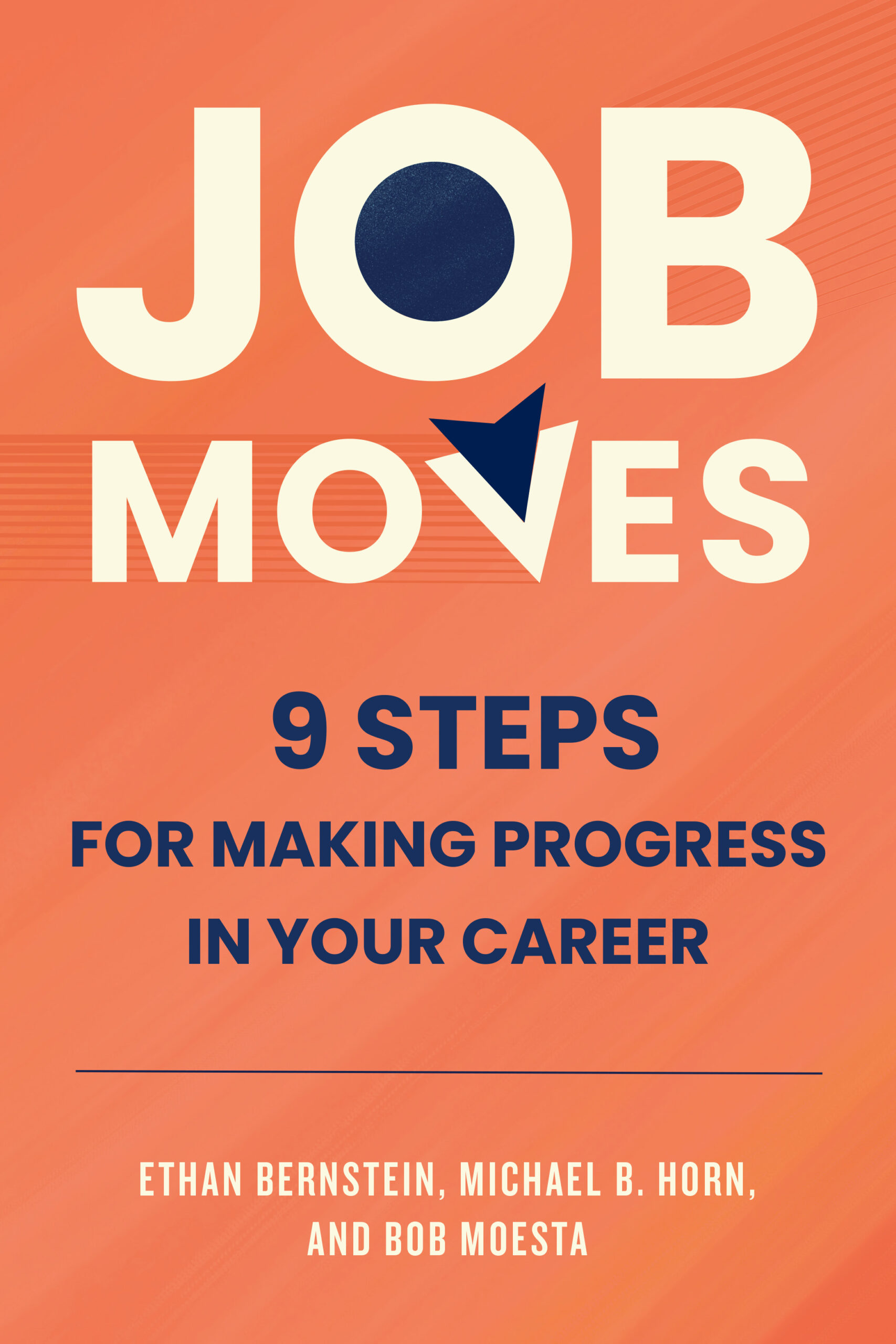
A new accountability model for alternative K–12 schools
As full-time virtual learning moved from the fringe to the mainstream in mid-March 2020, onlookers expressed concerns about access for learners and accountability for the learning itself.
Since at least 2015—when the widely cited National Study of Online Charter Schools by the Center for Research on Educational Outcomes (CREDO) at Stanford University, Mathematica Policy Research, and the Center for Reinventing Public Education found that students enrolled in full-time, virtual charter schools made, on average, far less progress than their counterparts in traditional schools did1—educators of all stripes have had significant concerns around the quality of these offerings.
These concerns haven’t applied only to full-time virtual schools, however. Alternative schools that serve students who have dropped out or transferred from traditional schools—and often serve as schools of last resort—have historically struggled to show the value they add to students. They have also struggled to allow families and regulators to make sound judgments around their value. Although supporters suggest that these schools are crucial because they provide smaller classes, more flexible schedules, and more counseling, the few studies that have looked specifically at alternative schools have documented significant quality concerns, low graduation rates, and underfunding.2

0 comments